|
Once upon a time I set out to record some Drum Loops. Today I Revisited the concept. This time around I sought help I mean, lets be honest here, It'd be better to leave the drumming to the drummers. 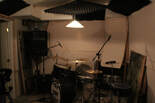 The Goal going in was to Sample the entire Drum kit. Bring your choice pieces, mic it, warm up. Record each drum in every possible way. 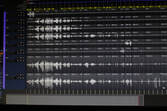 So we Warmed up, finished sampling the kit into this session here. Luckily, the setup was quick and efficient. Tracking went smoothly. we captured each Sample and then about a half-dozen loops. Next up is getting the loops Mixed, I won't get too deep into the weeds on the technical side. Light EQ mostly. Some Minor Edits. Later, the samples will be Exported as individual files and arranged by velocity. Don't complain, Seriously, Stop complainingPlease don't complain that your gear isn't good enough, or that you're not good enough. Seriously, Stop complaining. Recording is one part artform and one part physics. You as an artist should be learning to trust yourself. That's right, not every project is going to be perfect. Get over it, It doesn't actually matter as much as you might think. Here are 3 considerations to make your recording sound 'good'1: quality on the input This comes down to your performance, and your overall sound. It's like this, if you practice your song. You will get better results. It also ties into the quality of your gear. Is your guitar set up properly? does it stay in tune? do you need fresh strings? do you have clean pre-amps for your microphones? 2: Put things in balance When you have your tracks, lets say you took 3 guitar takes, put them together in a way that blends smoothly. Lets say you've added some soft-synths? and some midi drums. Do they blend? did you put on your engineering hat and use your mixing tricks to make space so that everything sounds good? 3 Finishing touches. Adding embelleshments, automation, Final adjustments for dynamics, keeping the song interesting from start to finish. how you get there doesn't matterHere at Gene Media, we don't care how you get there. We recognize that everyone is unique in their own approach, or as a smart author once said, "we each have our own game." The whole point is putting trust in yourself, trust in your ears, trust in your process, and trust your ability.
insert wall of text hereI guess the first question would be how do you want to capture your ideas? If you have a decent laptop or computer you can use a DAW with an audio interface. *Cubase/nuendo, protools, logic, studio one, reaper, are a few examples. For basic tracking they all do pretty much the same thing. The workflow and the price-point is the main consideration while you're just starting out. For Audio interfaces, there are quite a few out there. It depends on your budget. like, the Behringer U-phoria series is probably the cheapest, and the Apollo ones are on the top-end. I'd recommend going onto amazon to browse and read reviews if that's the way you want to go. Just remember, you usually get what you pay for, so if you can afford to spend the $$$, then get the best you can. Or you could use a built-in recorder that captures to SD card (like someone mentioned the zoom R16) I had one of those for years, they're mobile and useful, but the preamps aren't the greatest. but it gets the job done. other considerations, will be how many channels you need. will you want to use mics (if so do you have a nice quiet room?), or a direct-in signal? I'm guessing you could probably get by with a 2 channel (for most purposes) or an 8 channel if you need to track drums, or want to go all out with lots of mics. 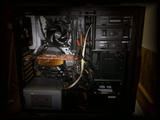 Sample rate and Bit Depth are another consideration. this will look like (sample rate 44,100 48,000 96,000) (bit depth 16, 24, or 32, bit) Just use the highest you can get away with. but the higher you go, the more cpu power you'll need, and the more storage space your sessions will take up 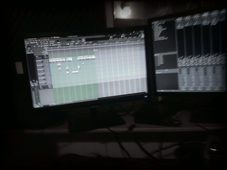 Gain staging - once you're setting up to record, set your input gain to the highest you can get without clipping. I'd recommend doing a google search for 'signal to noise ratios audio' or 'gain staging audio' to figure that part out. basically, you want the 'hottest signal you can get without clipping or introducing too much noise' As far as sending your tracks off for mixing. Your engineer will probably ask you to consolidate your tracks. which basically means you export your tracks individually, each beginning at 0:00. This allows for the engineer to easily align them in the new mix session. a quick and dirty guide to 'getting the bass right'My biggest piece of advice is to use what you have, trust your ears. To get really great at mixing takes time and practice. Focus on geting the best sound you can from the tools and knowledge you've got. Trust that as you do more and more, your skillset will improve, and so will your mixes Low End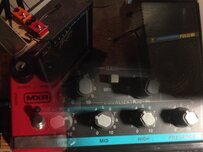 let's say you're looking for a deep-warm tone. It sounds great on a good sound-system, but it doesn't show up on small speakers. what do you do?What do you do is not a question that can be directly answered yet; that is, unless you already know what your options are, and in that case, you probably already have your problem solved. what are you trying to achieve?let's start here instead. Okay, so lets say your genre is indie rock. It's a song that's driven by the guitars and the vocals. 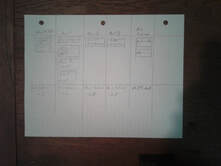 great, now which instruments live in the low-end. commonly this will be drums and bass (kick, toms, Bassline, the bottom of the guitar, and the deepest part of the vocal. The bass doesn't cut through? ask yourself which instrument and why? what is happening in the low-end?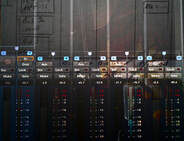 The kick drum sounds good, the guitar/vocal sounds fine. the bassline doesn't cut. It doesn't always need to be front and center, It can act as the glue to hold the song together. When you move away from your good sound-system to your laptop/earbuds/car stereo/mobile. it seems to disappear completely. how can you approach thisA few areas to consider.
 Imagine your low-end in 3 bands. you've got sub-frequencies, Low-frequencies, and precieved low-frequencies (low-mids and above) Check for trouble areas in the context of these three 'bands' EQ is your most powerful tool! try to find the frequency range you're looking for using your solo function to listen for which tracks might be competing for 'space', for example, the bass if it's most present at 80Hz, but the guitar is 'masking' the bass up between 160- 300Hz. You might also have low-frequency energy competing in tracks where it has no business being. here, a hi-pass filter would be your friend. For example, The bass is warm and present between 60-160hz, but adds nothing above that. because it's being covered up by another instrument, A small set of laptop/phone speakers may lack clarity at frequencies below (approximately) 200-300Hz. They have the most presence between 1-5kHz. if you can let the bass through within these ranges (again these numbers are guestimates, every mix is different) you can achieve a more consistant tone across sound-systems.
LET MUSIC BE THE SPARK OF CREATIVITY THAT DRIVES ACTION AND INNOVATIONWelcome To the Blog. Today we're talking about songwriting and composition. I've been capturing ideas for an irish Jig. banjo jigs and reels with Ol'brother PaulWe started off our run by approaching the plan with a song idea. Three parts, we'll call them parts A B and C.
The main lick. the kind of lick that was meant for a Tenor banjo. We didn't have much else to go-on Except a sloppy old recording found in the Archives. So knowing only the root of the song was a big-ol' D chord, we set off to lay down some Banjo tracks.
An ascending lick with a change of tone-centre. It took me a minute to figure out what was happening, but if I could add an A-chord over top of this new riff, It could bring a much-needed change of energy to the song. I'll figure out the exact chord-progression during my practice session later. For now, It's a good idea, lets capture it...
This part came later. Paul got back to me with a new idea for an outro for the song. This one feels more like a slow-down after a late night celebration. He wrote the part for the mandolin... Sounds great! lets do it.
Same idea, new theme different instrument, but hear how it sounds on that banjo too. lay these down on separate tracks, to see if we can combine them in cool ways later. I sat down the other day with Singer/sowngwriter Doug Maxwell for some video. One of his Originals by the way, and an excellent story too. Here's how he describes it... "This song commemorates a 1962 road trip my mother, sister and I took. I was just turning 11 at the time and living in Florida. This point in time was the end of innocence, both in my life and in world affairs, as I have come to understand them. The vast glacier we hiked to in Glacier Natl. Park no longer exists, only one example of vast change. Many thanks to Gene Media for invaluable assistance." |
Gene Media ProductionsCody Gene: Record Producer Music Methodology & Creative Lifestyle
#
All
Archives
April 2024
|
Categories
|
AboutGene Media Creative Studio is the Production Facility of Indie-Rock producer and songwriter Cody Gene.
|

Gene Media Creative Studio is located in British Columbia, Canada and creative Cody's creative space. here he explores ideas, creative vision, and technical aspects of independent music production + artist development.
|
Contact |

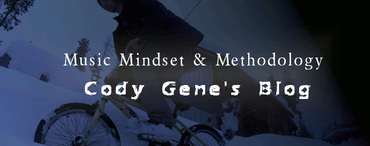
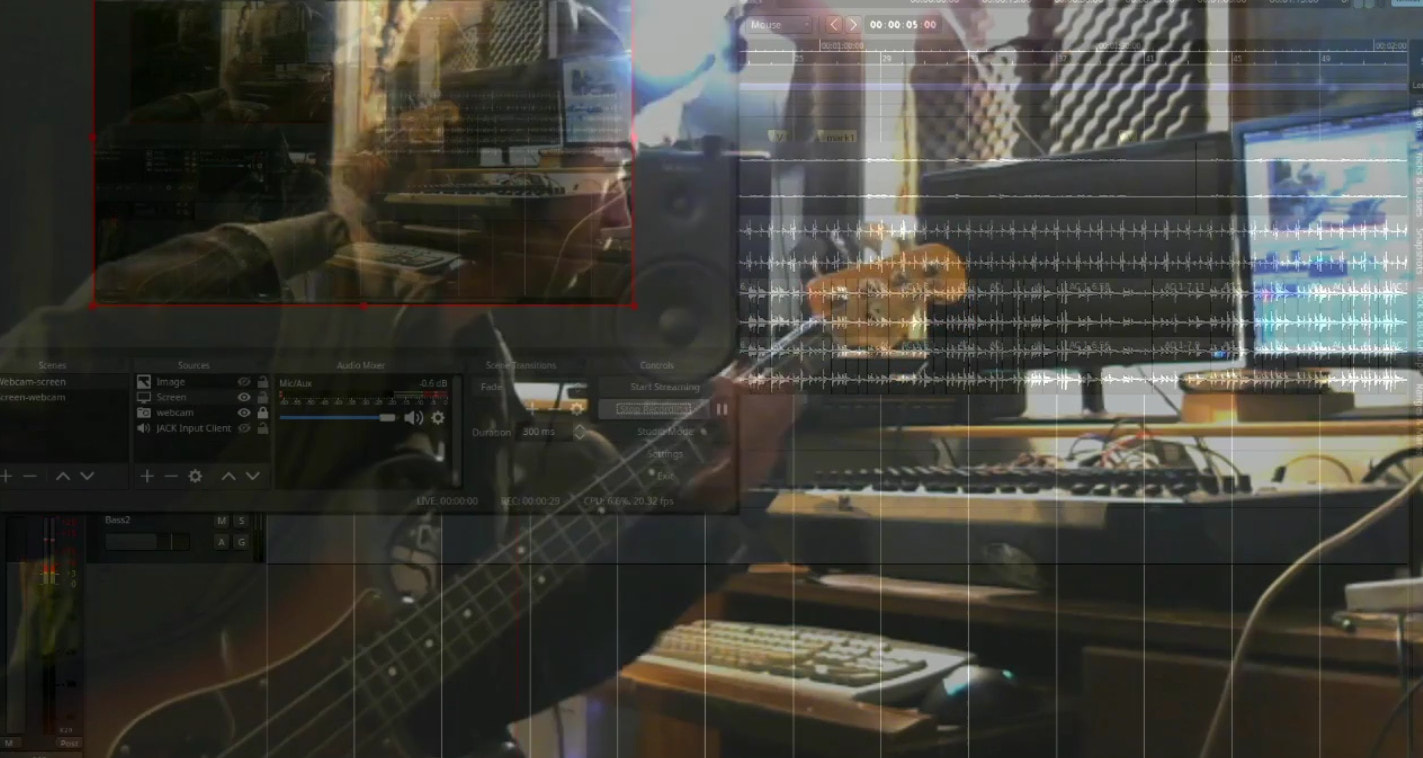
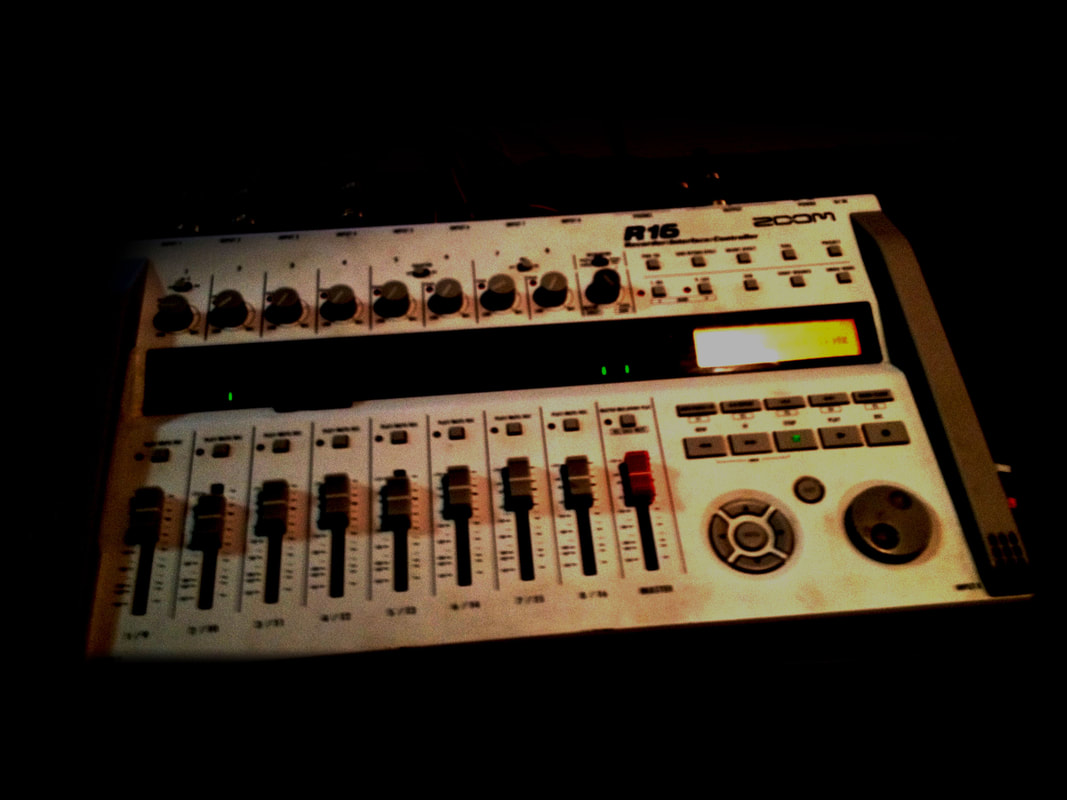
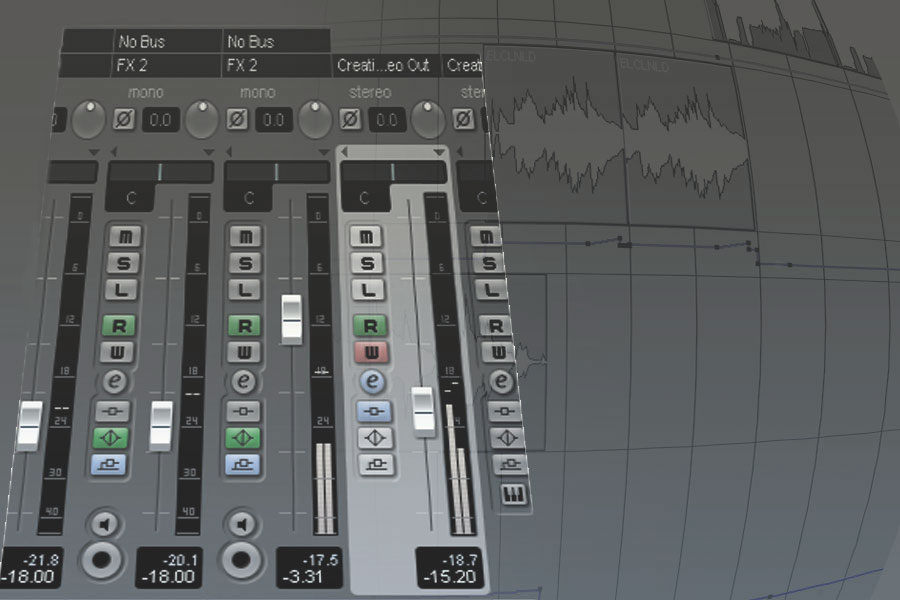
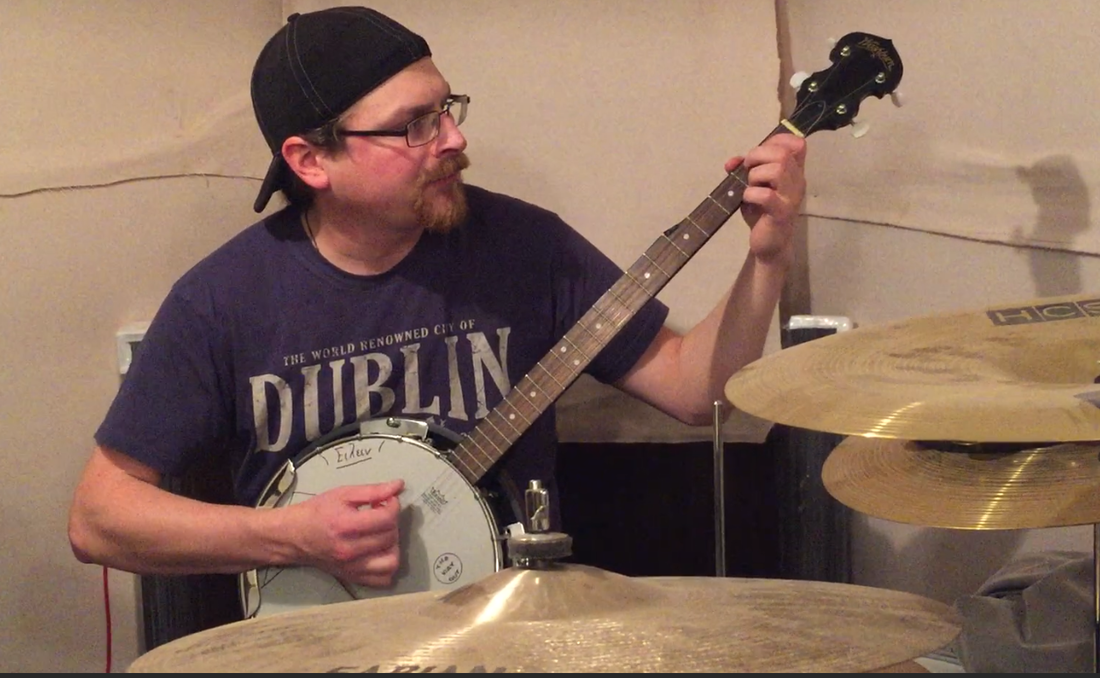
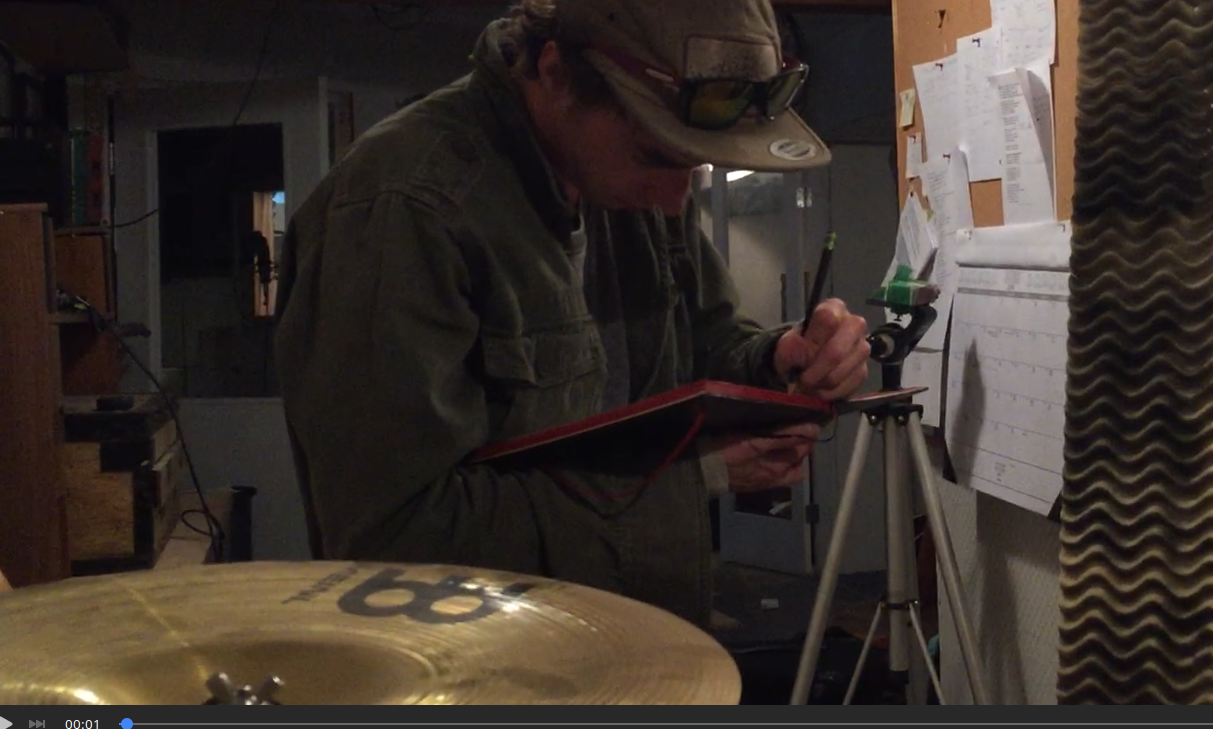
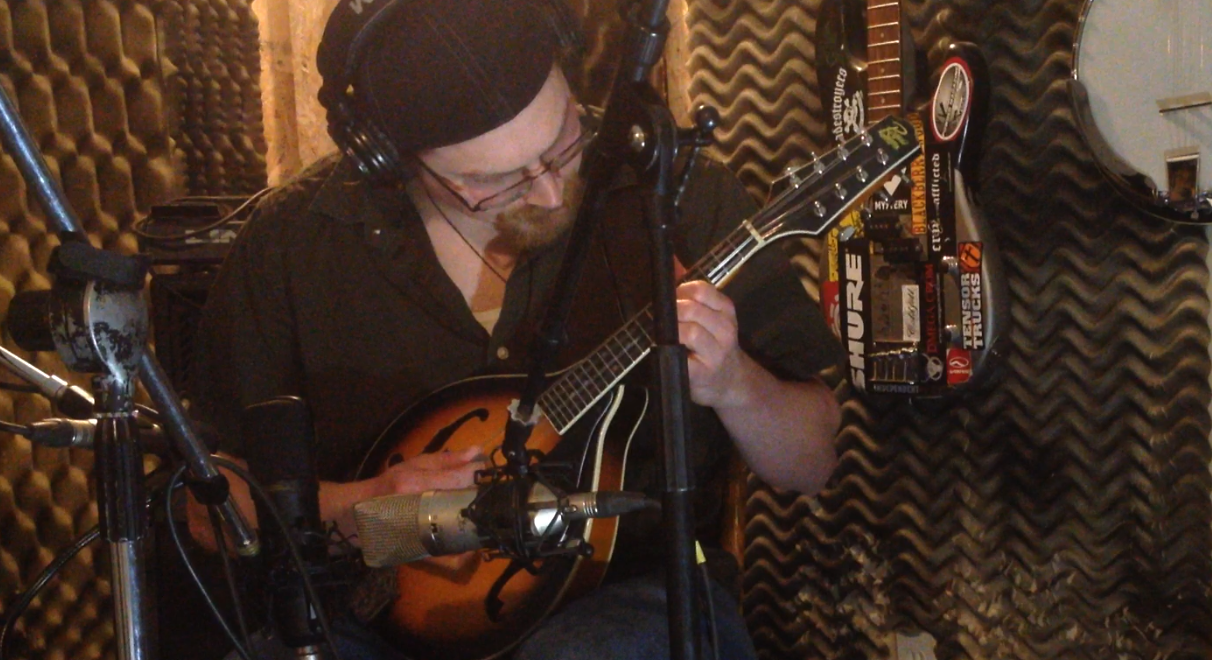
 RSS Feed
RSS Feed